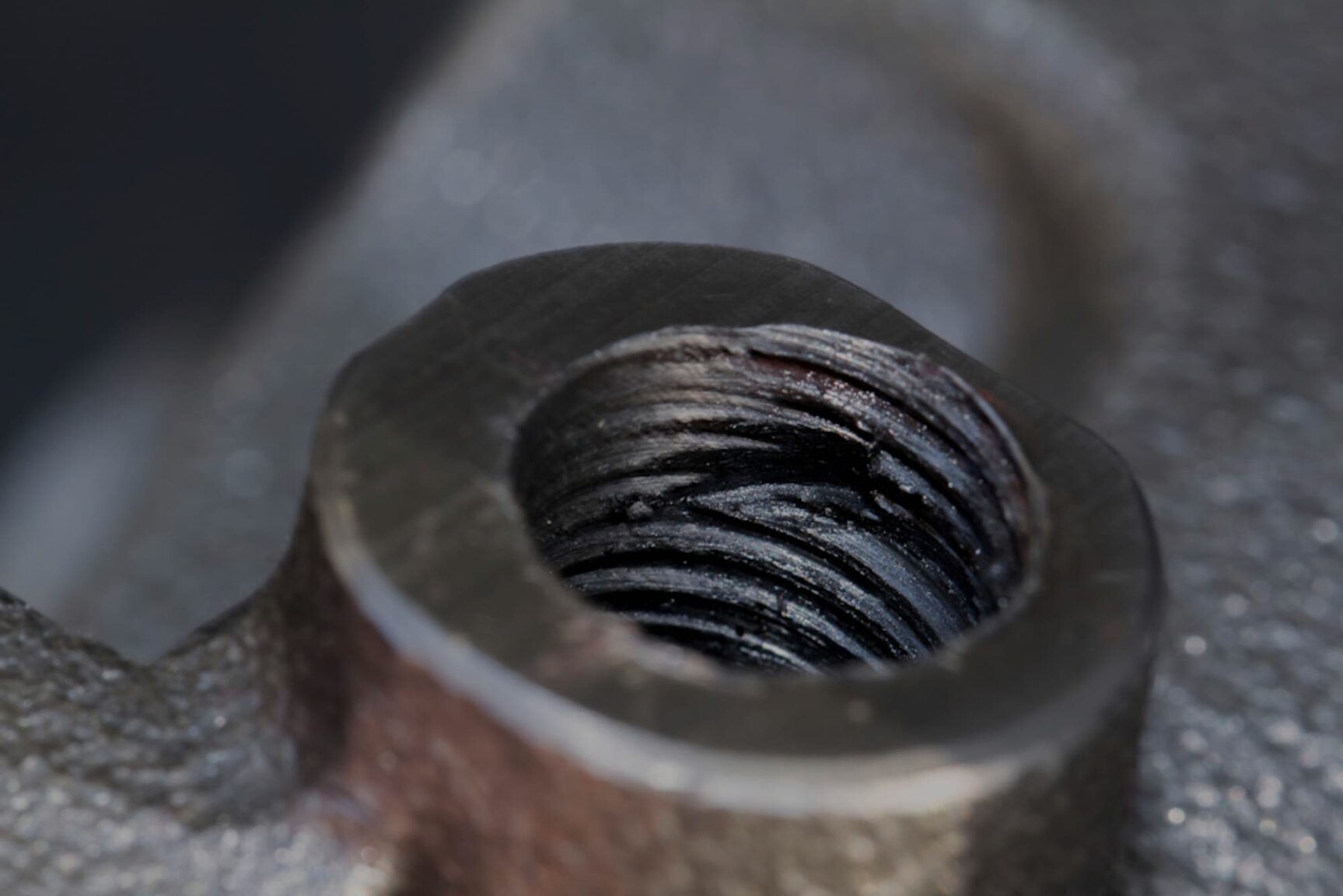

Originally published on fastradius.com on August 12, 2021
Product development is a constantly evolving process, and you might not get it right on the first try. Don’t worry — some amount of this is to be expected. If and when a part fails or doesn’t perform as anticipated, you want to find out as much as you can about the failure so you can learn from past mistakes and make better products. That’s where failure analysis comes in.
Failure analysis is the process of investigating product failures in order to troubleshoot and repair the underlying issue. Failure analysis can help pinpoint the specific stages or operations where different problem types arise and provide a framework for establishing internal processes to counteract these opportunities for error. This helps identify discrepancies and other inaccuracies early on, allowing you to refine your part designs while it’s still economical to do so.
Once you’ve identified precisely what’s giving you trouble, the next step is to take appropriate corrective action in order to prevent the problem from reappearing during subsequent production cycles. Robust failure analysis practices not only help to avoid future product failures but also provide a number of other benefits.
The basic process of failure analysis is fairly straightforward — identify and document the problem, analyze the data, and refine your designs based on those findings. However, each of these steps can become complicated when translated into practical terms. Let’s break them down in more detail.
When an error occurs, the broken part samples should be collected, rather than discarded — that’s the evidence you’ll be documenting and analyzing. It’s important to establish clear guidelines as to who will receive part samples that break, are nonfunctional, are involved in safety events, etc. Likewise, sufficient resources, technical expertise, and testing equipment need to be allocated. Using checklists and logistics solutions can help to minimize human error, as well.
The next step is to document the symptoms or process issues and to come up with test criteria that will allow you to detect the underlying problem in the development build. Documenting the symptoms of the failure can often serve as a light round of preliminary analysis. You might organize part samples by the type or mode of failure (electrical, mechanical, etc.), whether the part is still functional but has reduced capability, whether the issue is cosmetic, or whether the symptom is a common problem typically caused by unoptimized part designs or manufacturing issues. Creating a body of documentation also makes it easier to identify repeat problems across disparate batches and processes.
Critical junctures, the process steps that alter the form or function of a part or that expose it to damage, should be monitored especially closely. It’s also helpful to team members to describe the events leading up to the failure or issue, including environmental conditions like temperature and humidity, or anything out of the ordinary. This sort of contextual information can be essential for troubleshooting reliability and quality issues. You should also document the manufacturing batch the failed piece is part of in case of a recall.
The next phase of root cause failure analysis involves isolating each potential factor to test whether it is at fault. Once the underlying cause has been determined, you should be able to develop and implement an effective troubleshooting plan. Documenting your steps and the results in a database can often come in handy down the line, as well.
Here are some questions to ask during the failure analysis process:
Product failures that cause serious safety issues are the most urgent to respond to, and there should be contingency plans in place for these scenarios. If the failure is not causing severe safety concerns, then you likely have more time to work out a proper course of corrective action. This can mean going back to the drawing board and prototyping new parts to demonstrate how the suggested improvements will benefit customers and manufacturers alike.
Failure analysis is key to understanding what went wrong during production, what caused the problems, and how to prevent issues in the future. Failure analysis helps turn mistakes and errors into learning opportunities so that you can refine your development processes based on past experiences.
While product teams can start investigating failures on their own, they’ll need a manufacturing partner to perform in-depth failure analysis. SyBridge Technologies can help. Our team of engineers and designers specialize in establishing efficient production processes and detailed documentation — in addition to ensuring that each job is carried out as efficiently as possible. Contact us today to learn more about how we can help make your designs a reality.
Forget typical cycle times. We're pushing the boundaries of conformal cooling. While traditional approaches deliver…
Forget typical cycle times. We're pushing the boundaries of conformal cooling. While traditional approaches deliver…
From left to right: Brayden Janak (apprentice); Logan Vifaquain (CNC machining, Programming and CMM); Ron…
SyBridge Technologies is proud to announce we have been awarded the 2023 General Motors Supplier…
Today, designers and engineers are accustomed to working with digital tools in their day-to-day jobs.…
Optimizing Your Injection Molding Process for Cost-Effective Manufacturing Excellence In today’s competitive landscape, manufacturers are…